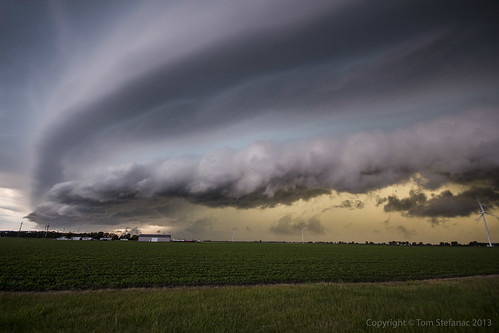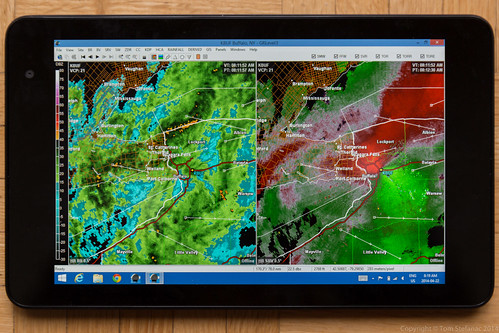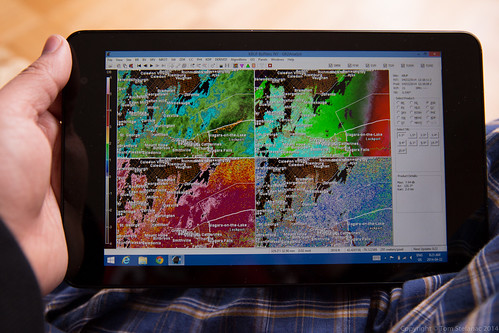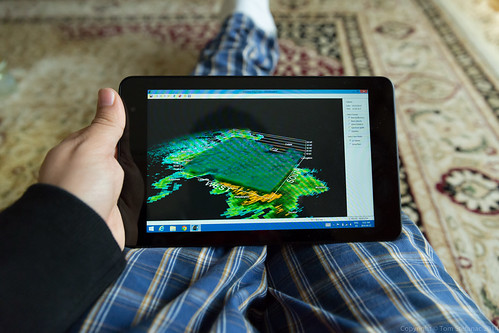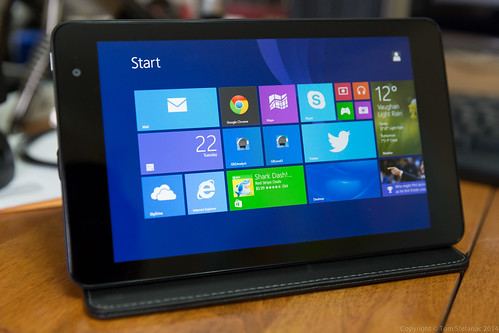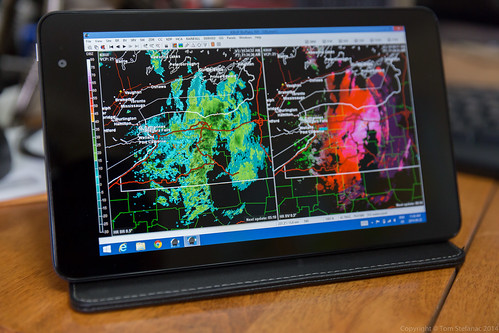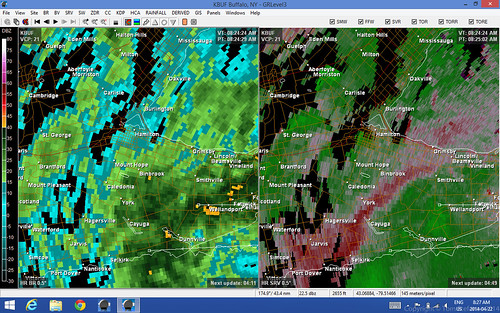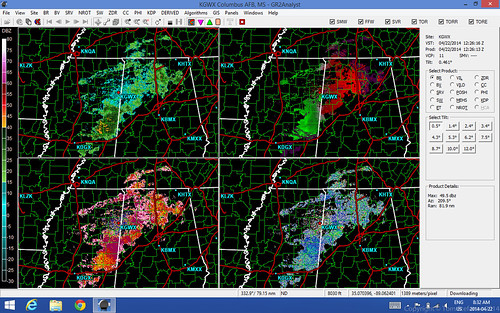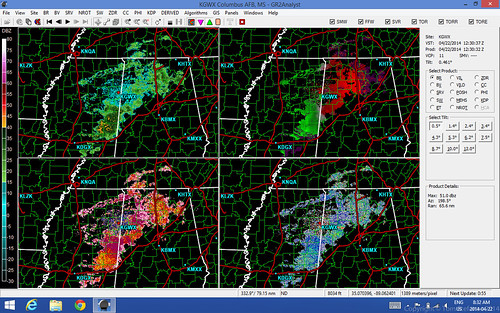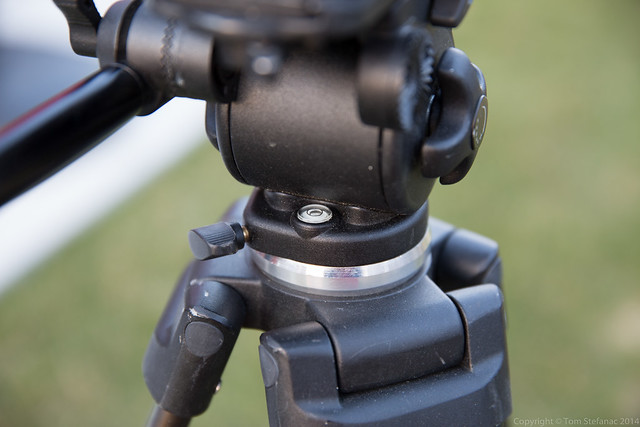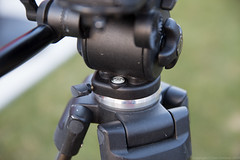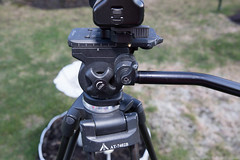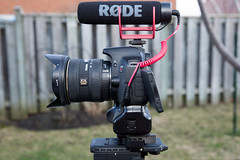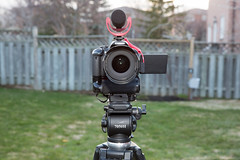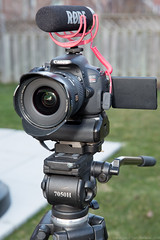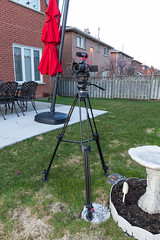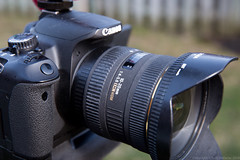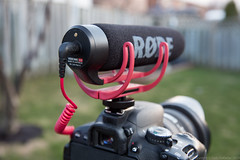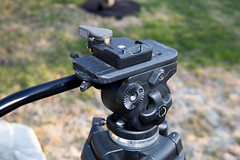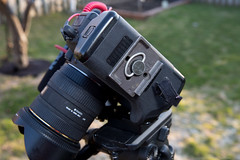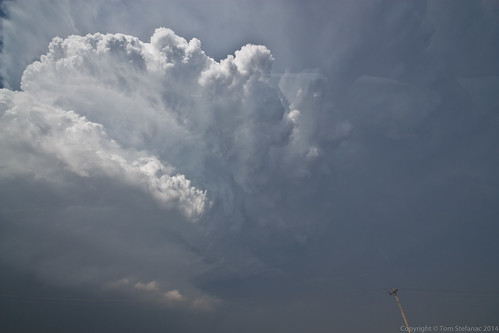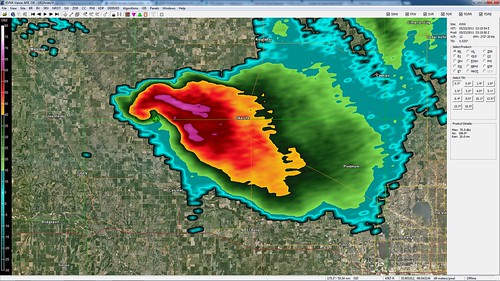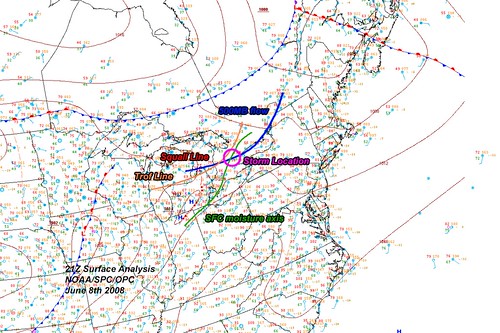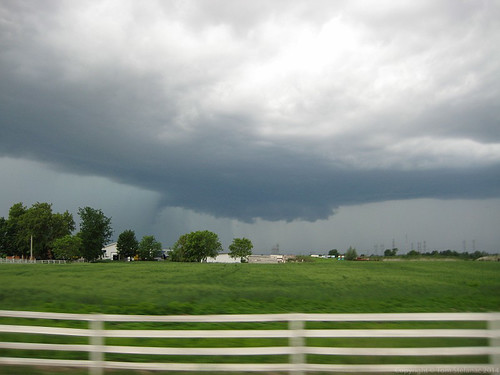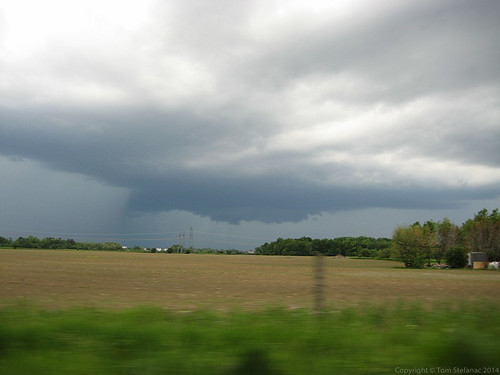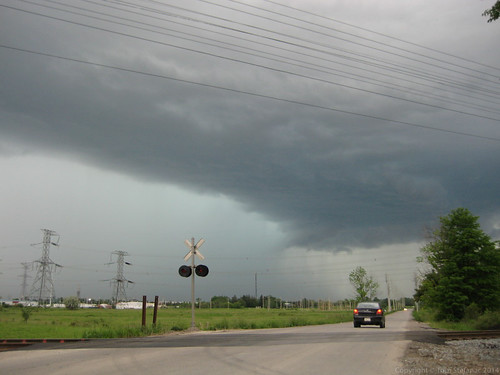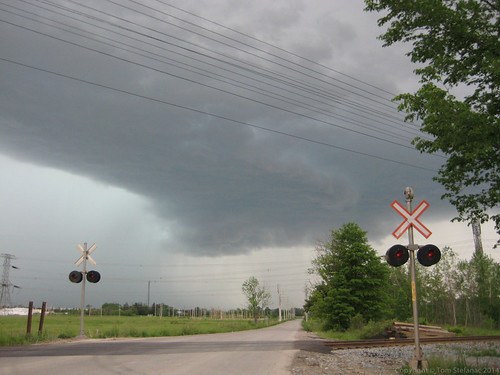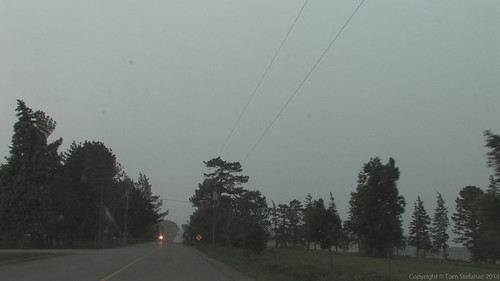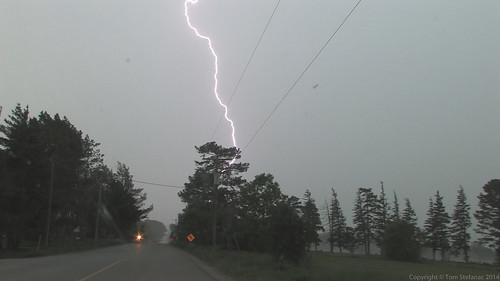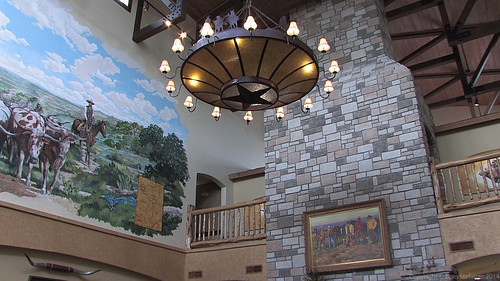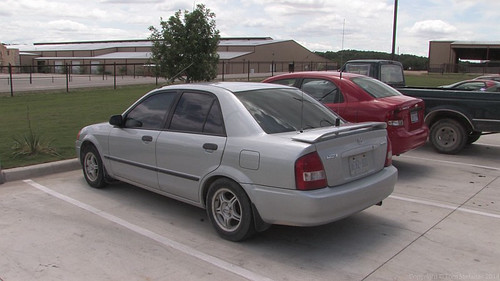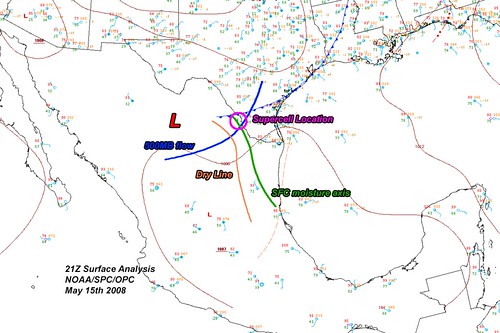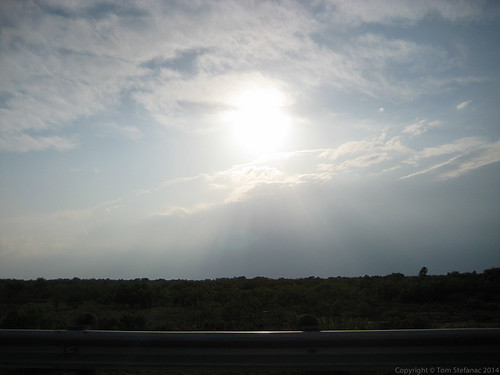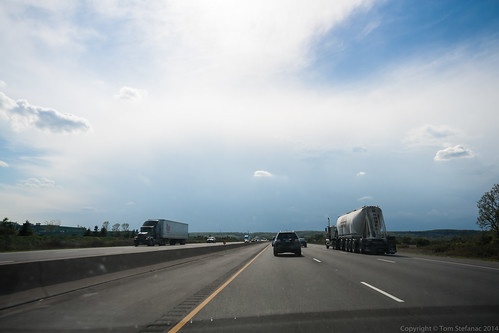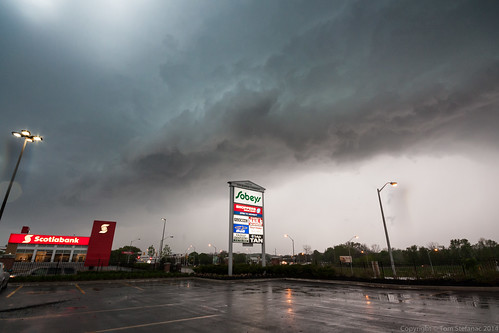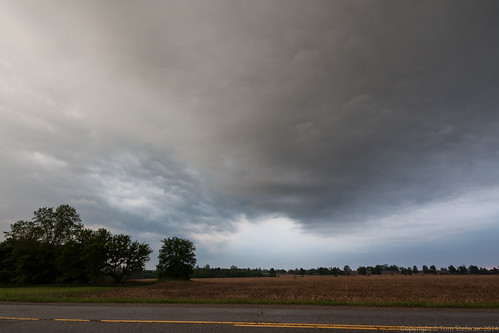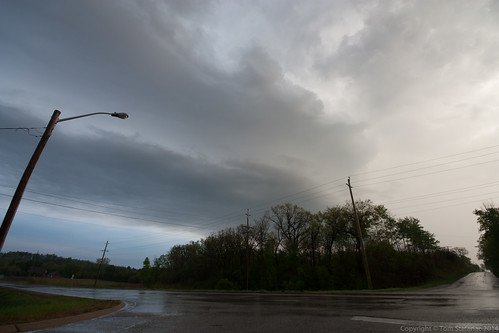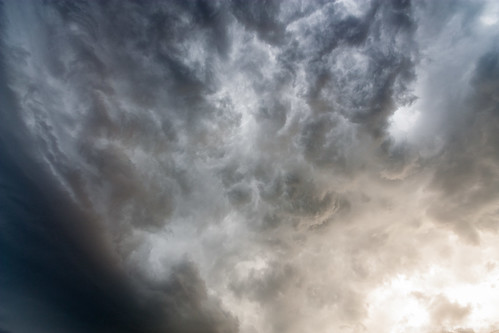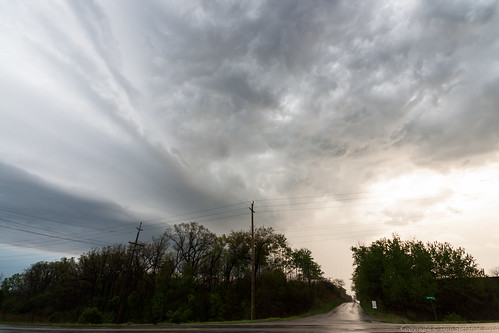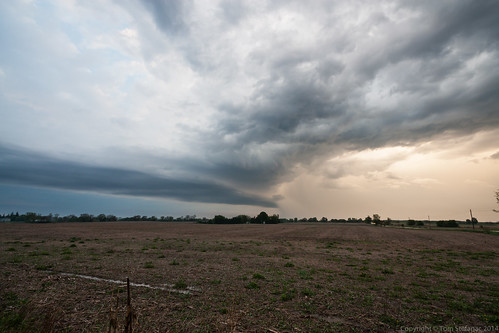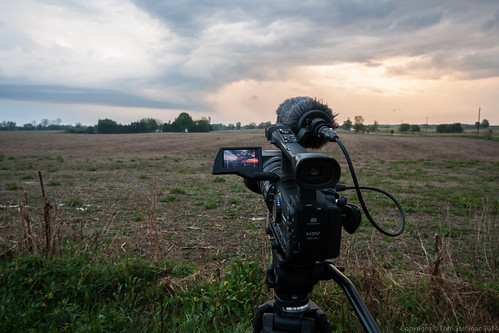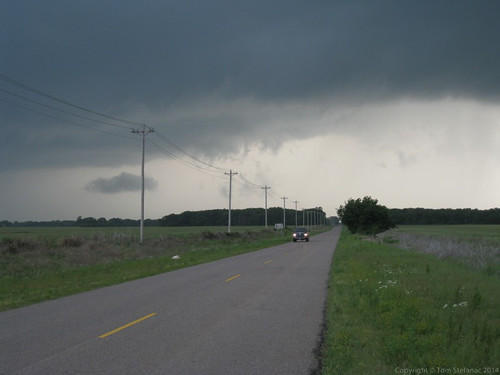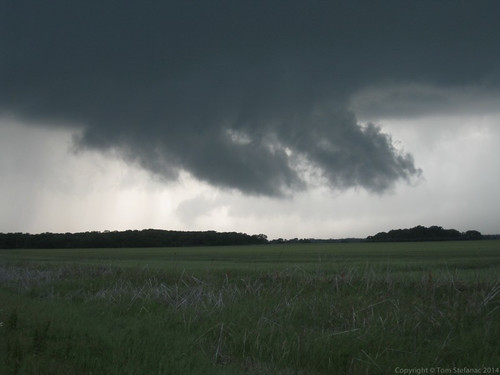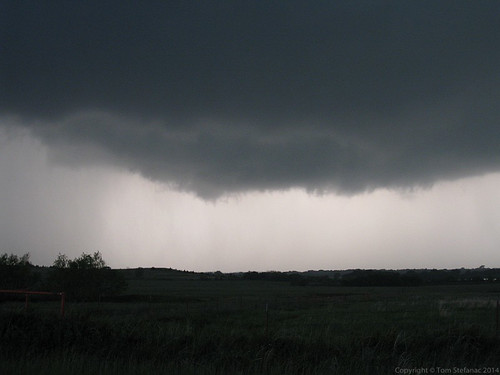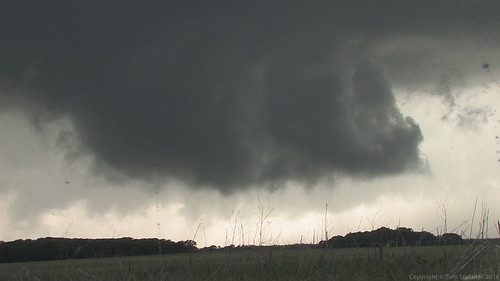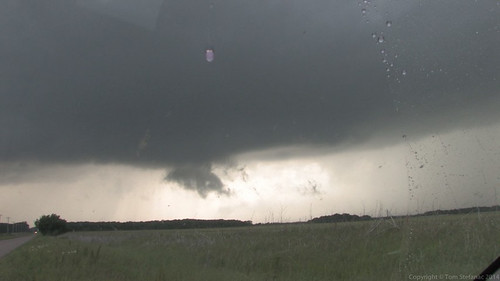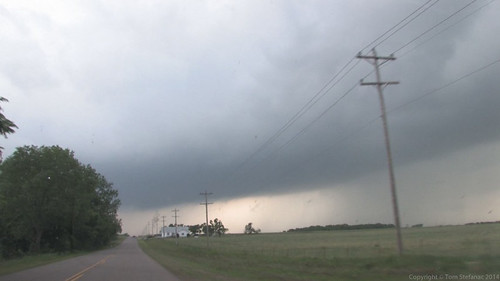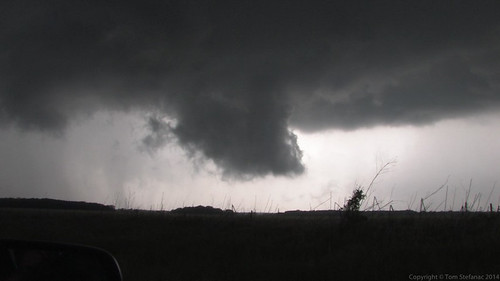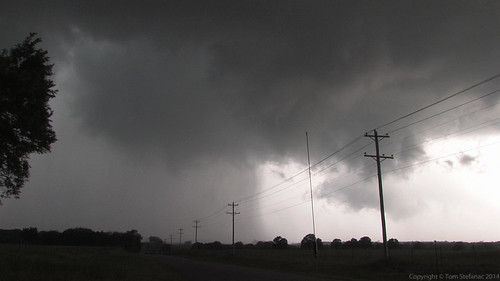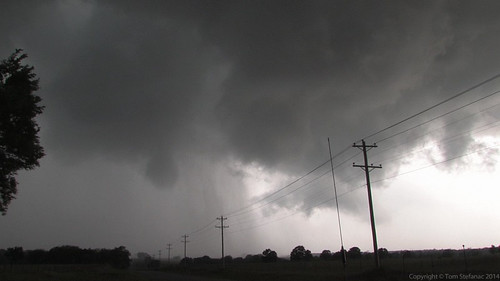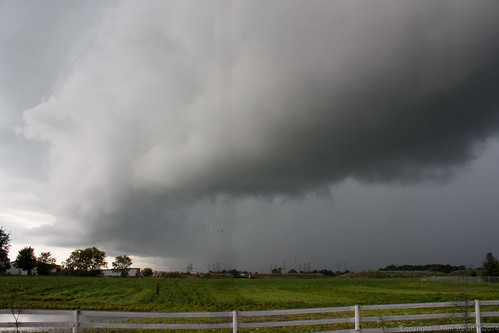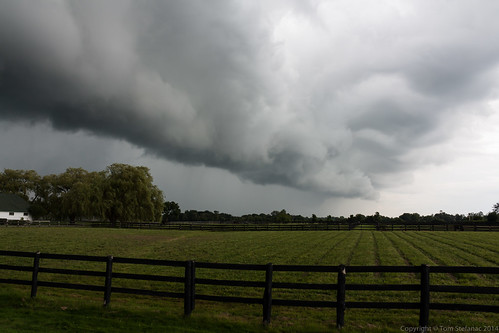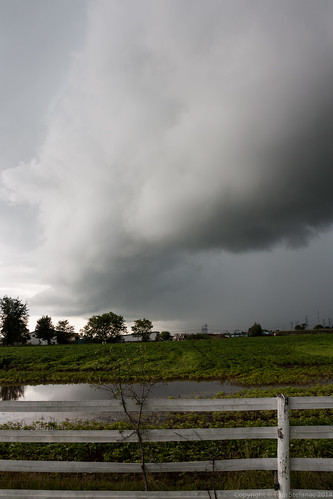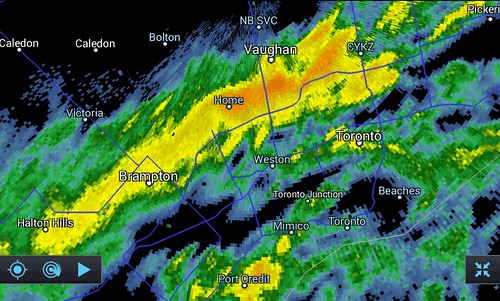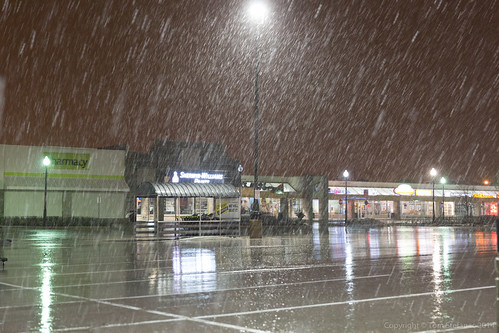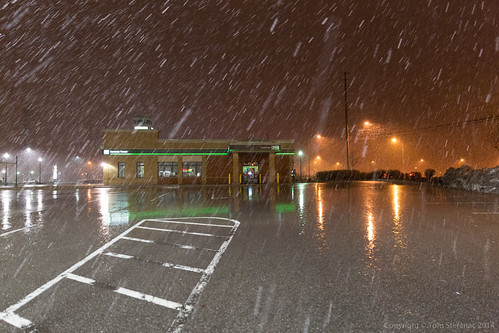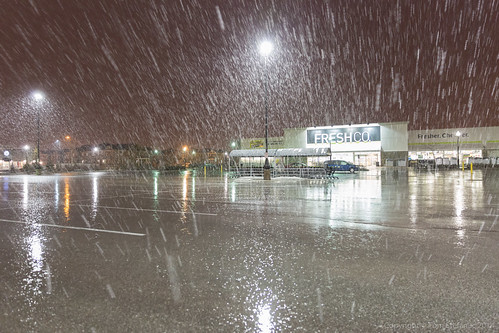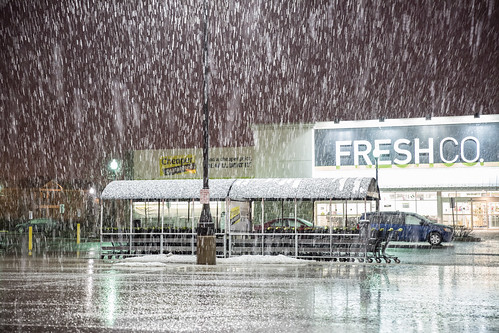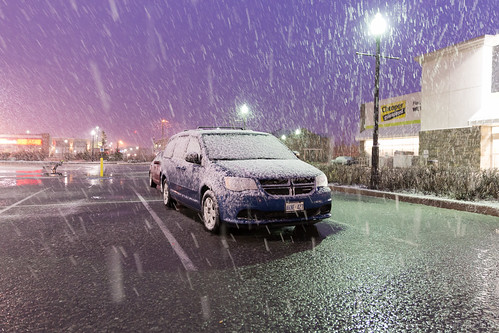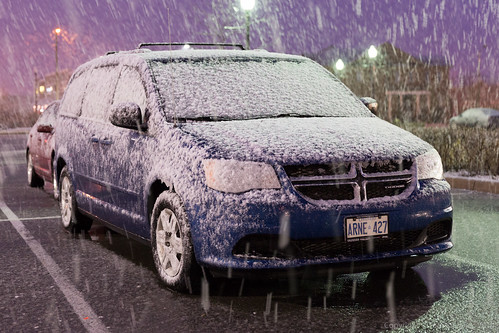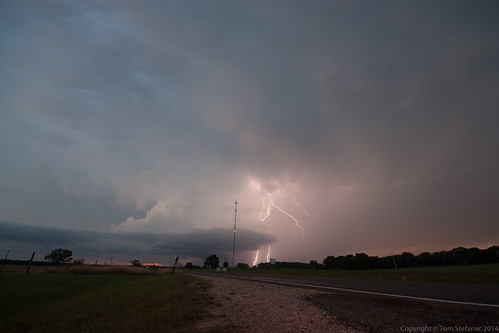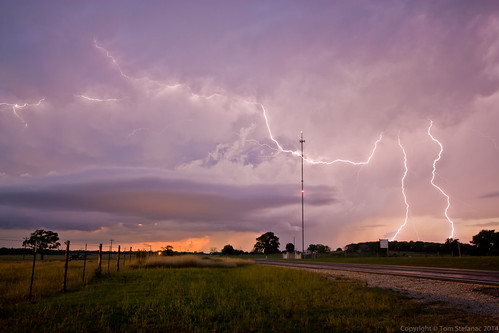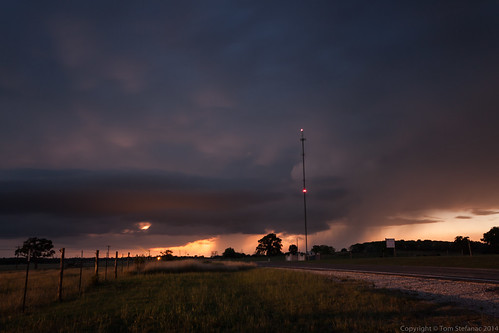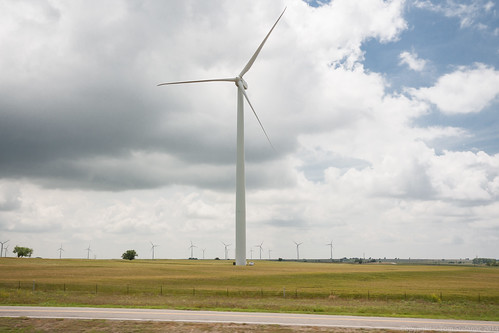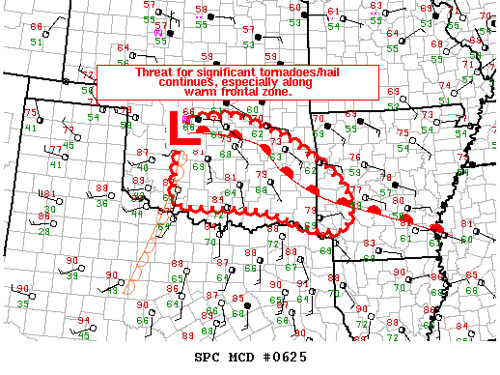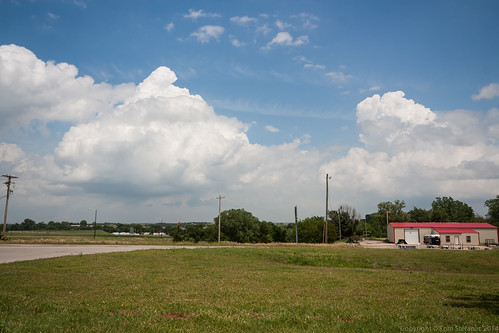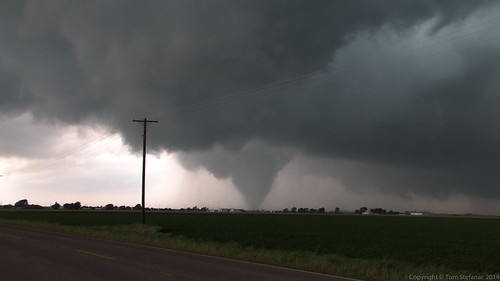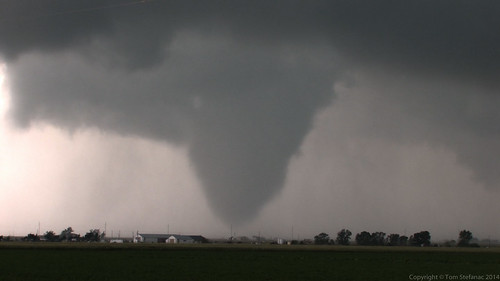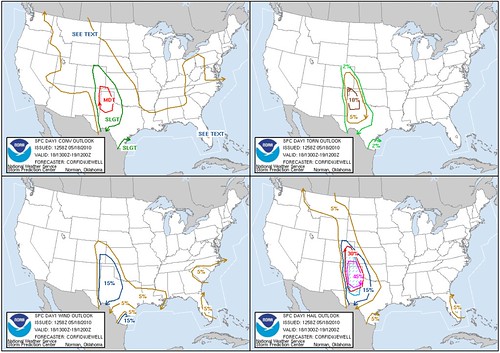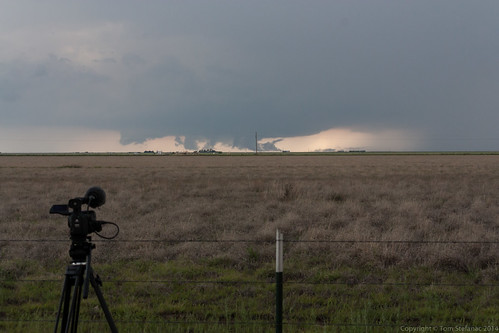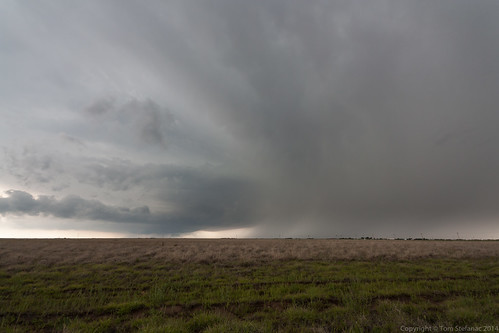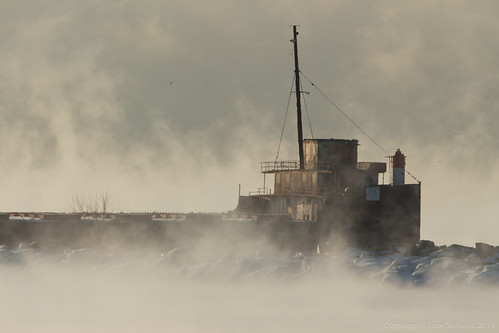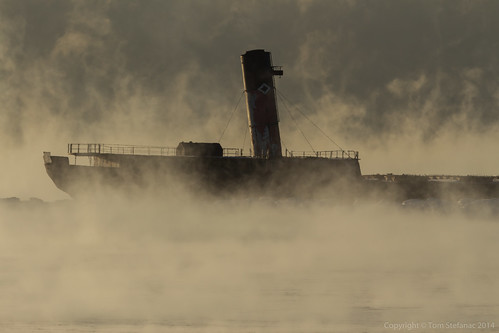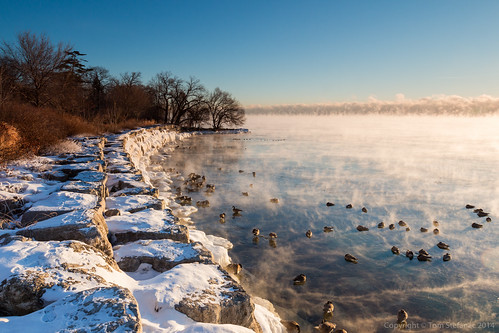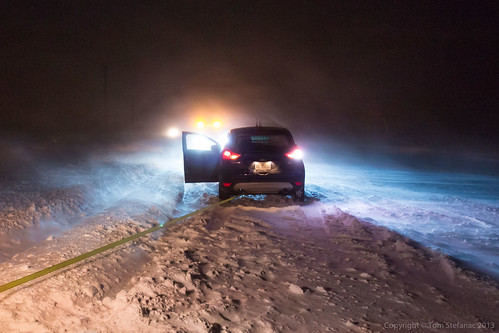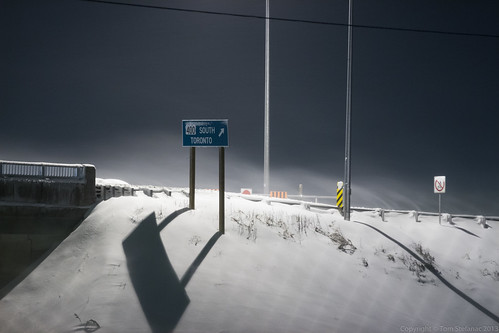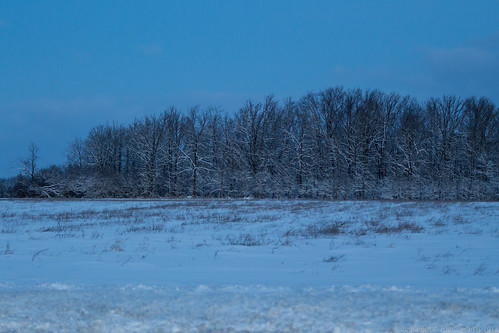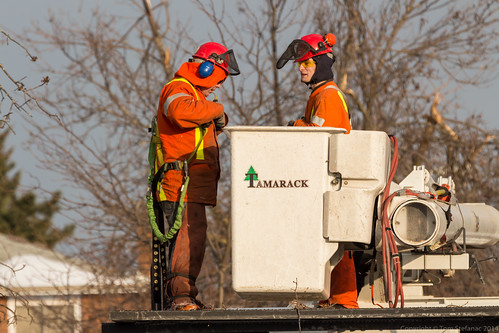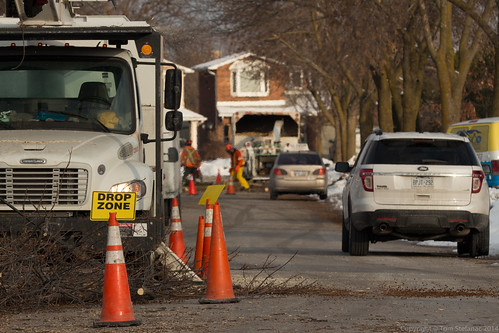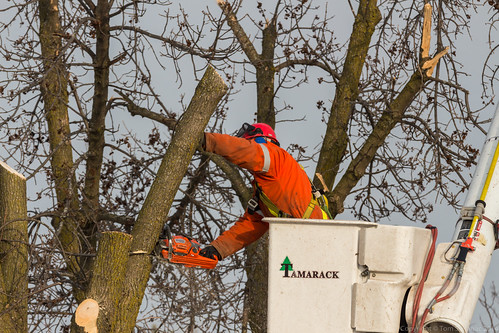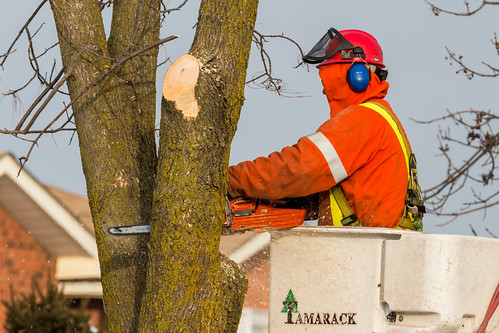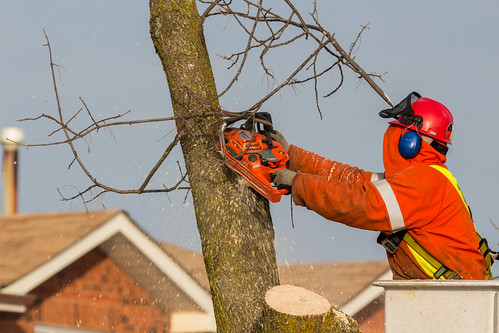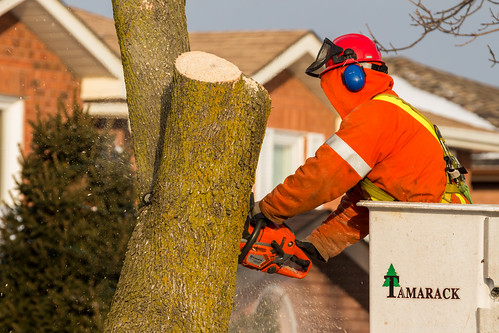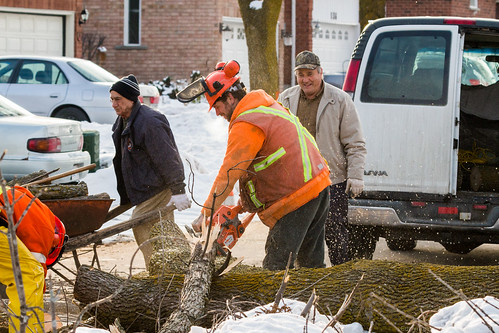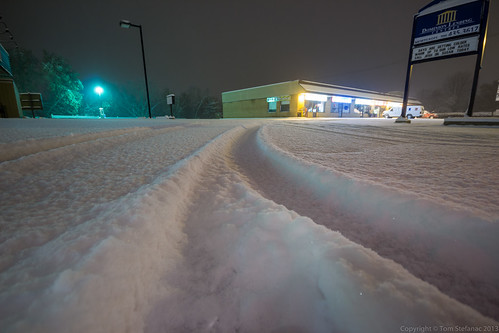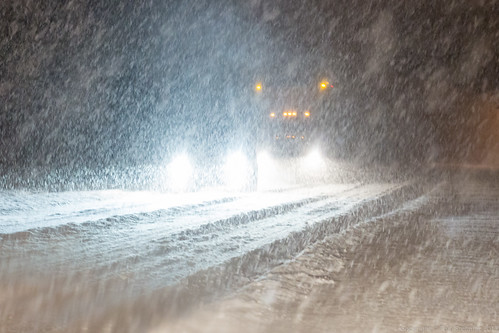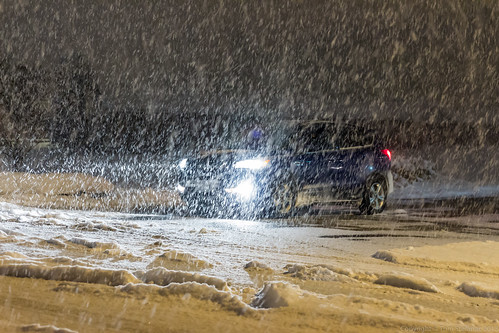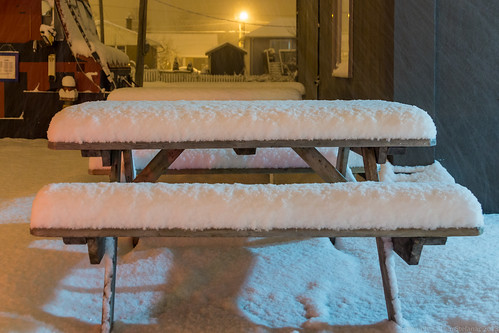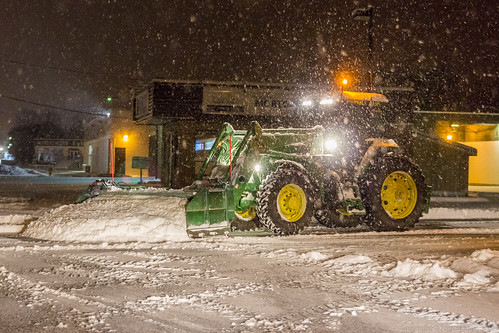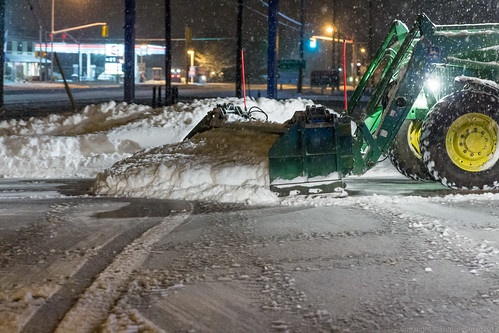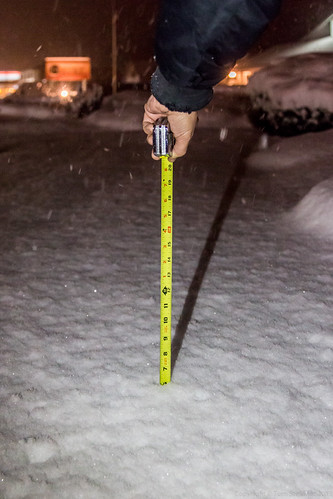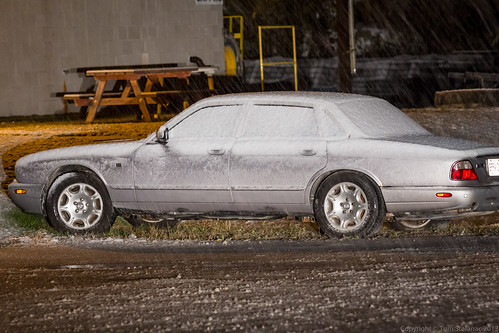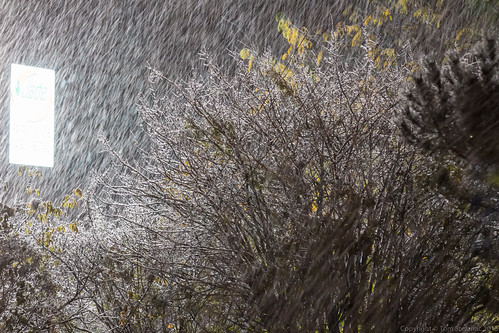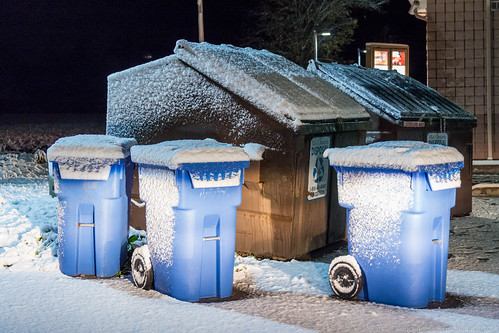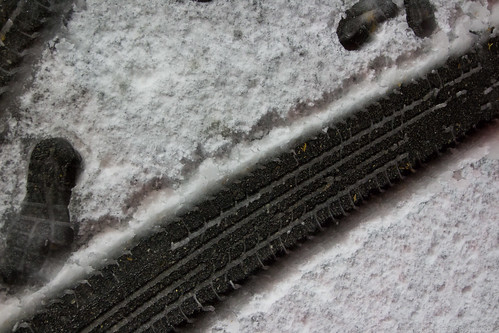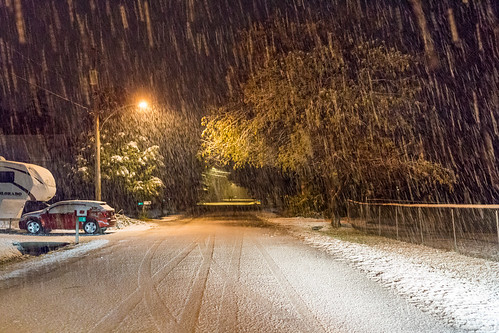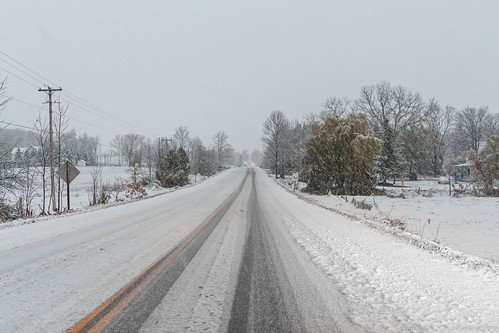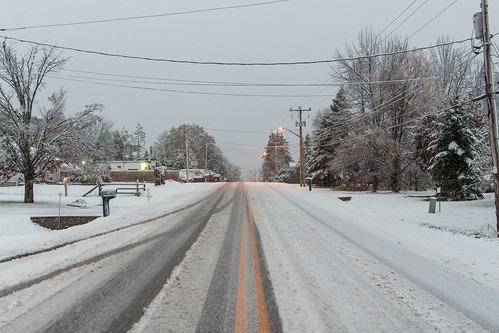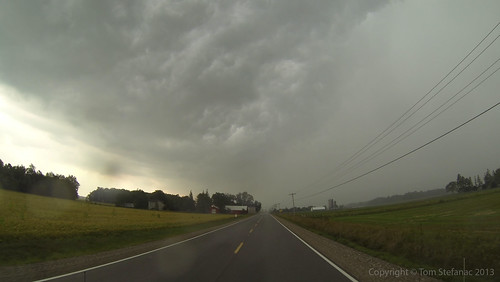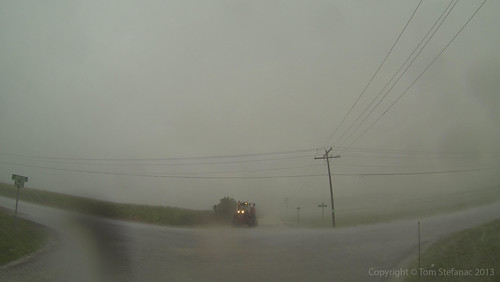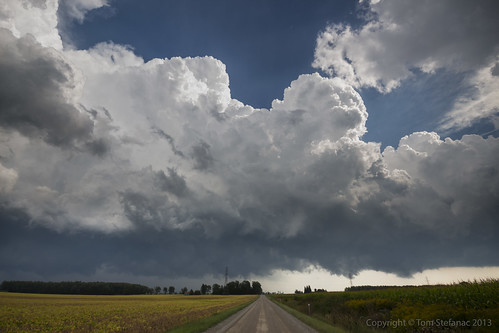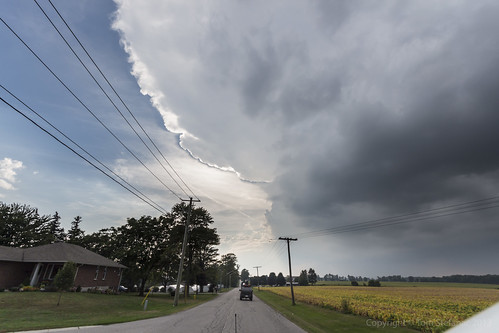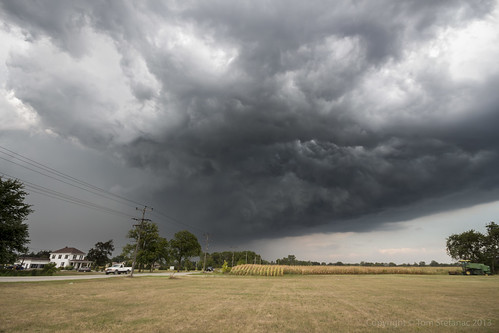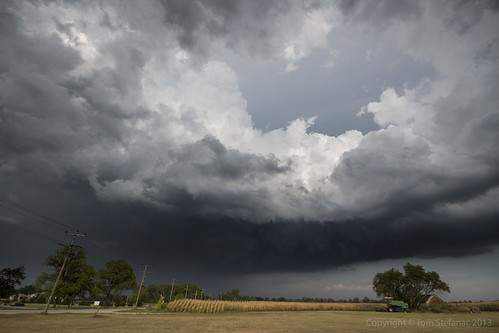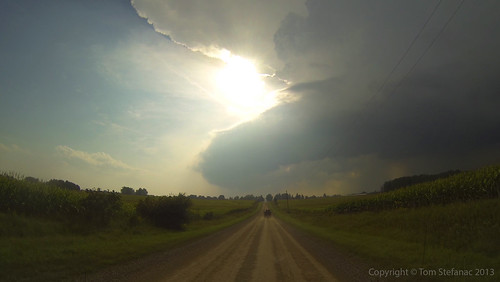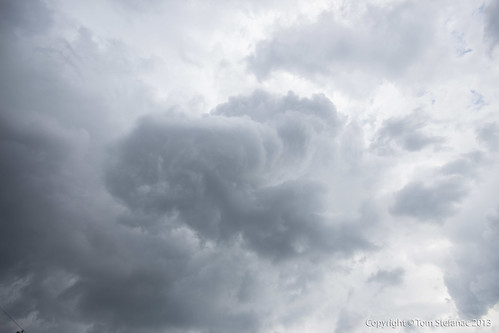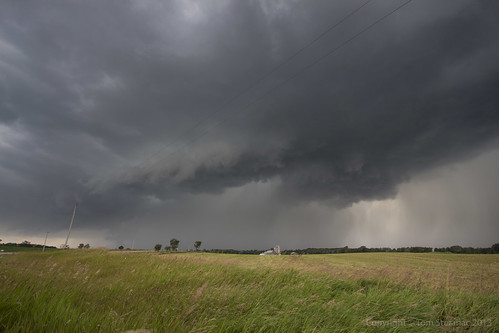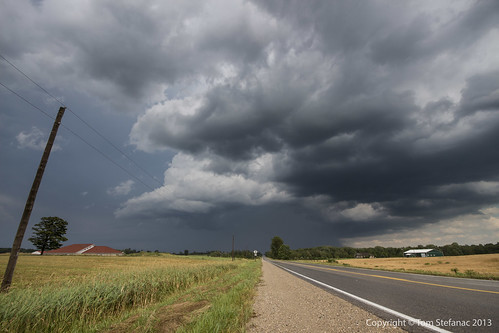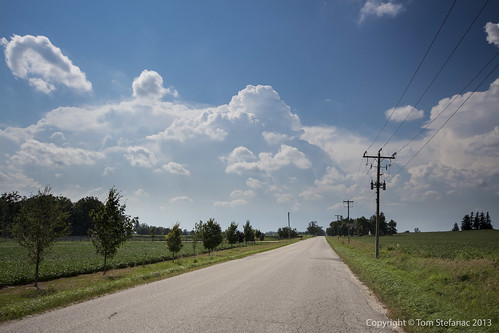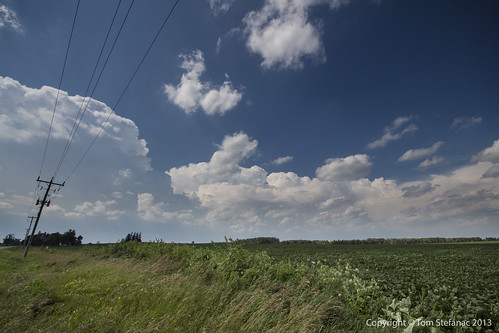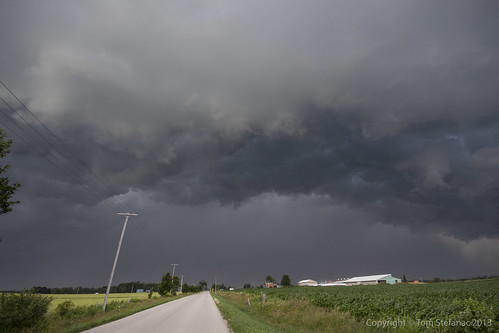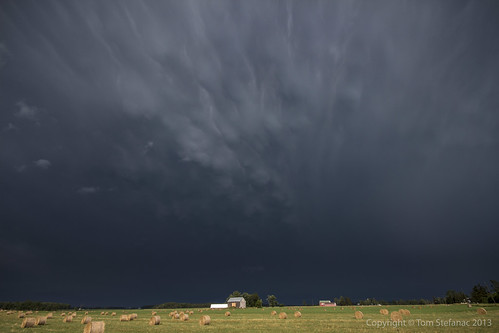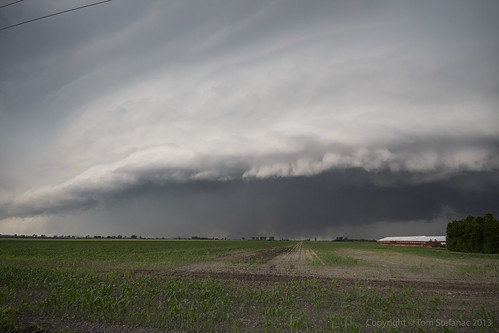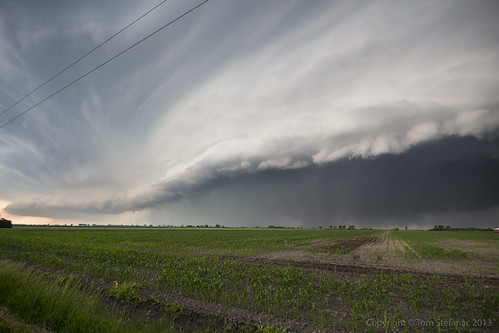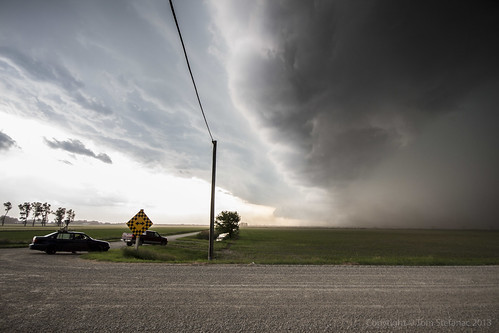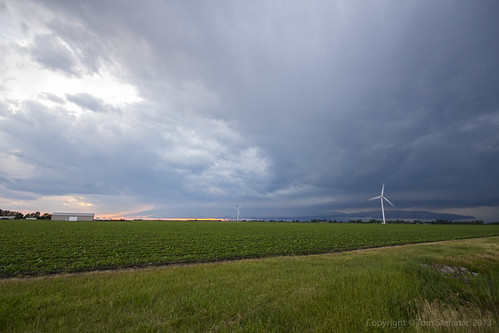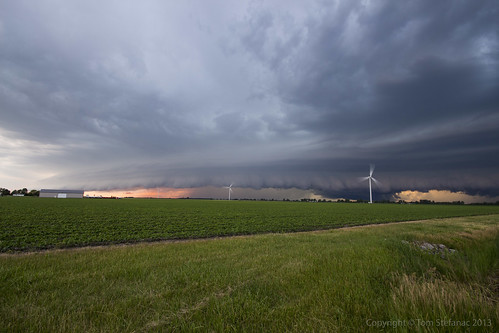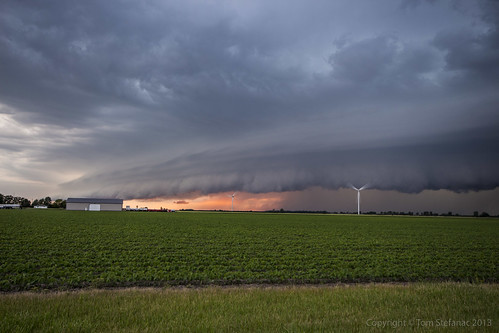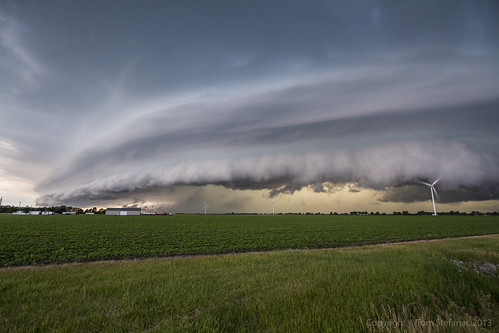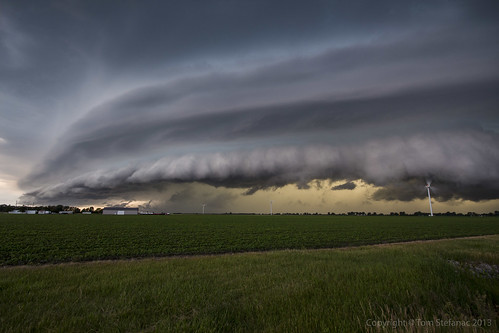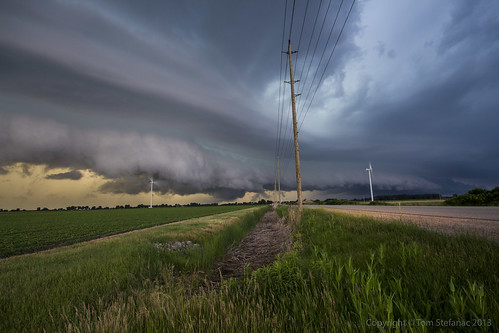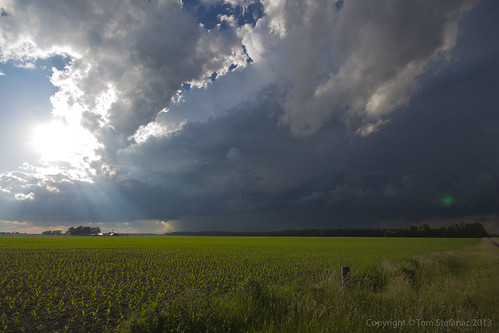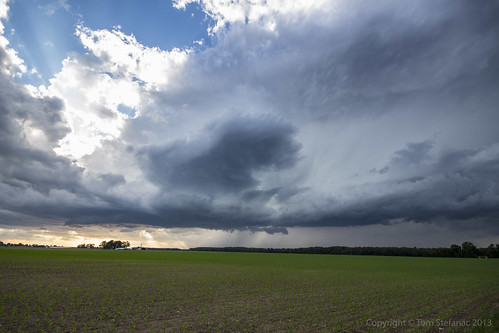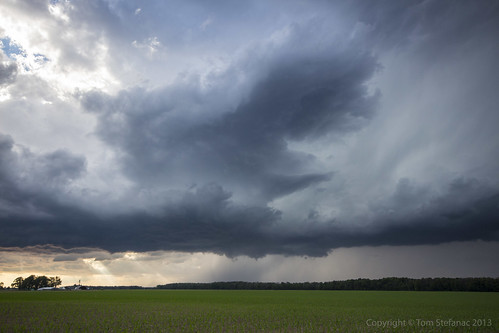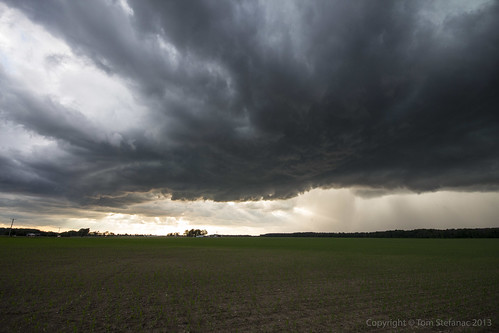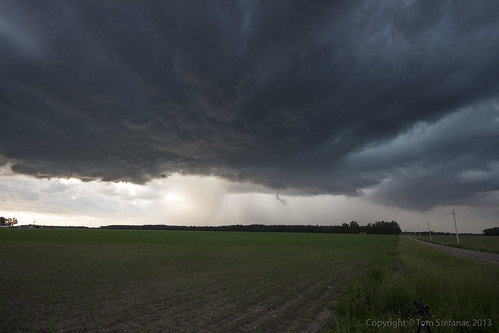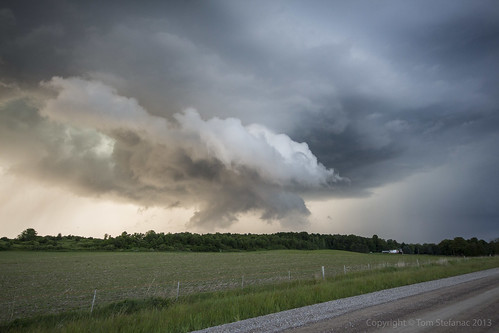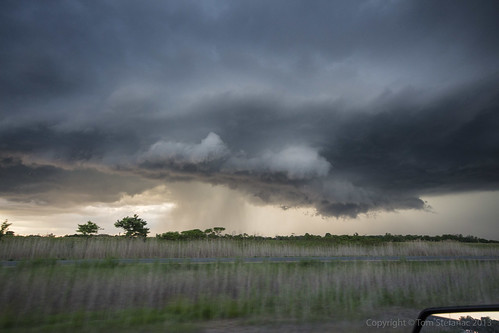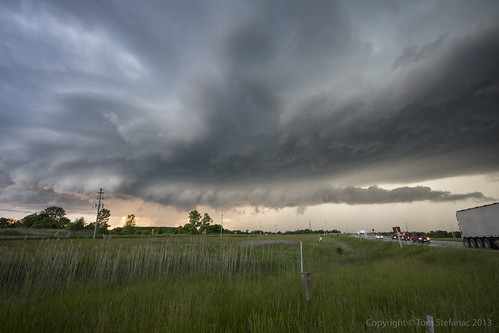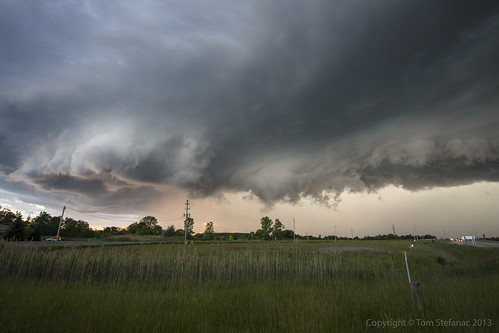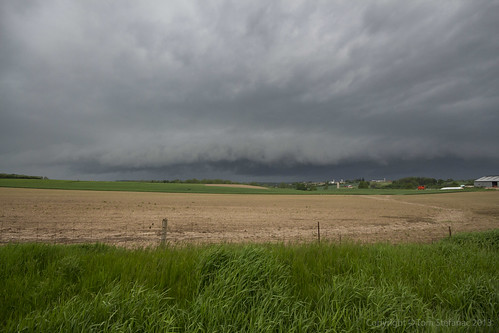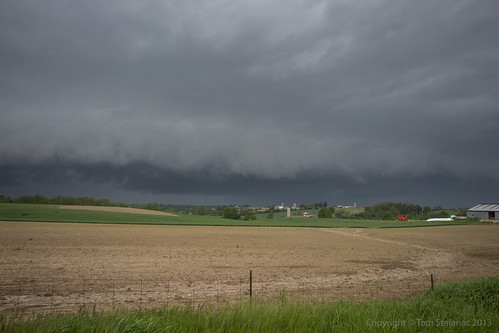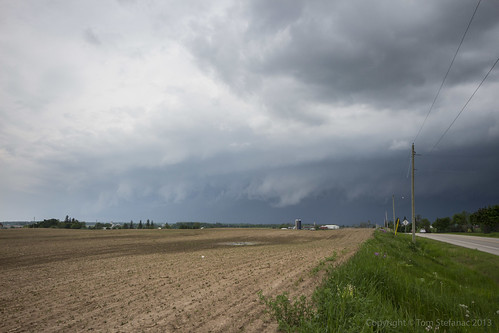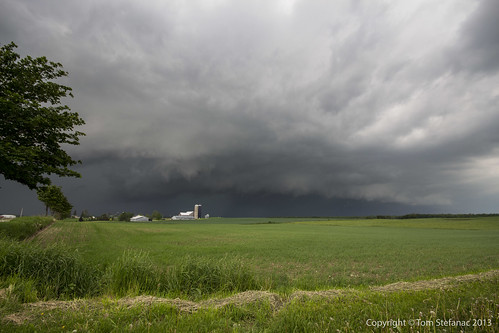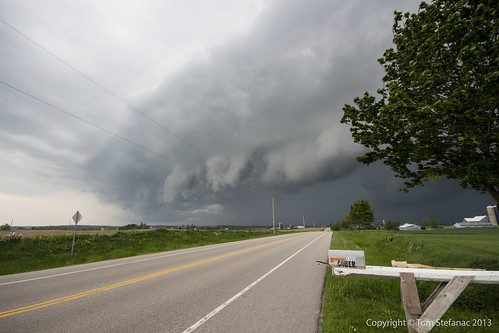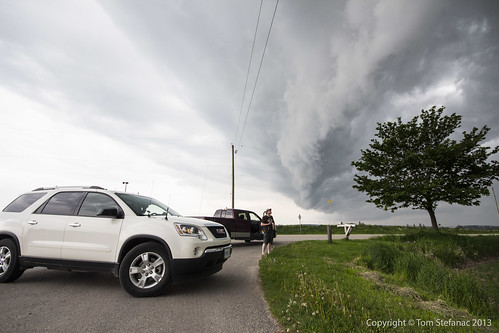Monthly Archives: April 2014
Windows Tablet
Windows 8.1 – Dell Tablet
I’ve always been a big fan mobile computing, it just makes things easier! That’s of course not to say that I don’t like desktop systems, I do all my heavy editing and the bulk of my general work on my desktop. Heck, a couple years ago I even went all out and put together a top of the line gaming PC (now my desktop), not just because I like video games but because they’re the most capable systems. If it can handle the intense needs of video games, it can certainly edit video, process radar data and render weather models.
The problem with storm chasing is all the driving around and vehicles in general do not afford you the space you really need. In the past, storm chasers have built PC’s into they’re center consoles and mounted screens with the advent of affordable LCD flat panel technology (early 2000’s). While that works, and may save some space, you still have substantial power requirements and theft deterrence measure can be hard to implement.
For most storm chasers laptops were and still are the way to go. With a high-end laptop you can do everything your desktop can, albeit slower. The problem with laptops are that they trade-off space for usability with a big keyboard. Before the advent of tablets, my netbook was my go to tool, it could handle (albeit very slowly) various Windows applications and it worked in a small form factor.
Since those good old netbook days back in 2008/2009 modern tablet computers have come a long way. Between the advent of the iPad and later Android tablets, things have improved and evolved to the point where dedicated applications such as RadarScope and PYKL3 Radar have rivaled on a basic level Gibson Ridge products.
But let me stress, rivaled, not replaced. Nothing on a tablet of any kind can truly replace radar software in a desktop environment. What is nice about iPad and Android radar applications is how easy and natural they feel to use, plus you can control everything with one hand, no need for a mouse, touch pad or keyboard. I remember back in 2004, a Windows XP Tablet/Slate was around $11,000, heavy and did not support multi-touch input, only stylus and limited finger input. Not worth the price, trouble and limited computing power.

Now, fast forward to yesterday, April 21st 2014. In my hunt for a cheap shotgun style microphone for one of my camcorders I came across this Dell Tablet in Best Buy known as the Venue 8 Pro. What makes this significant is this is the first good Windows Tablet capable of running 32 bit programs in a native windows environment, and I mean full Windows, none of that RT/Metro garbage, but a full desktop for $300 after tax. To this point, everything else was $600 or more for the full 32/64 bit processing, and even the $400 tablets were often RT only.

Now I don’t plan on doing any word processing or actual production work despite having a full windows system at my disposal but rather, this is ideal for running applications like RAOB, GrLevel2AE/3, F5 Data and Bufkit. It also solves the Android/iPad problem of jumping between applications since you have full traditional multitasking within the task bar. That means you can use your web browser without leaving the radar application to hang.
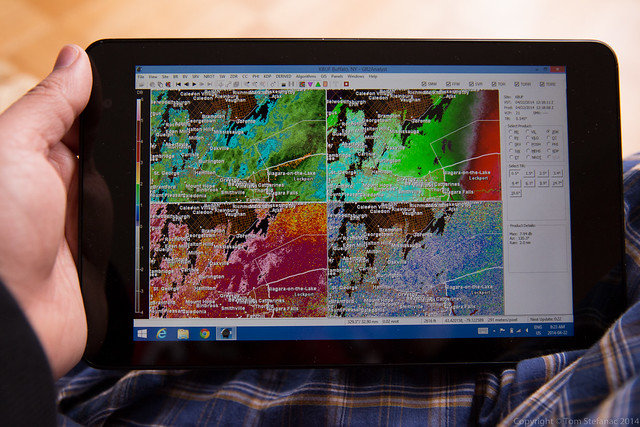
Above all else, the form factor is perfect, it’s not tiny but it’s not a big 12 inch tablet either. It’s comfortable around 9 inches and perfect for the chase, enough processing power to run Gr2AE with natural touch controls and it only requires 5 volts at 2 amps for a draw of 10 watts, that’s a far cry from most laptops which at a bare bones minimum require 18 watts or more.
So there it is, the first real laptop substitute at an affordable price point which is perfect for storm chasing with all your favorite windows applications.
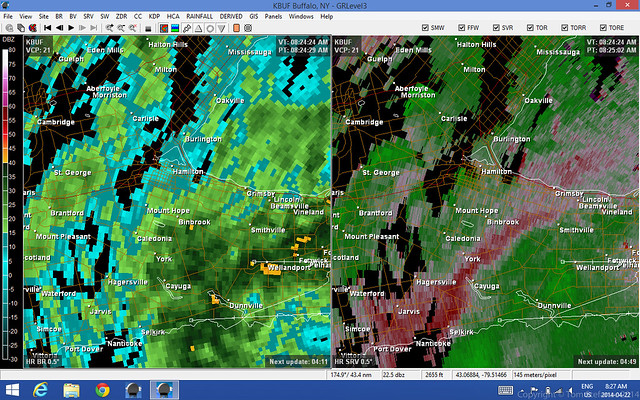
A couple other points to stress, firstly this tablet perfectly fits any Ram universal tablet mounting tray and secondly, it uses a standard micro-USB adapter so cables and charges are not proprietary and/or difficult to find. It also sports a micro-SD slot which can apparently handle up to 128 GB cards. That’s overkill if you ask me, all I need is 4 gigs for all my apps/storage but I’ll take whatever I can get, more is better!
Here are some more images for your viewing pleasure. Once the tablet is mounted, I’ll post those images too!
T4i Still Photo & Video Gear
Canon T4i/650D + Rode VideoMic GO & E-image EI-7050H / AT7402B Tripod Kit
The Canon T4i / 650D is a wonderful camera, it’s a cropped sensor DSLR but it’s the best cropped sensor camera in Canon’s lineup. The T5i is basically a carbon copy with an adjusted auto focus mechanism. I was given this camera as a gift by my girlfriend in December 2012. I decided to make this camera multi-use since it works well as both a photo camera and camcorder.

Canon T4i ready to shoot video
Most still photographer who jump into video sort of wander into it blindly. It’s easy to take great still photos once you master exposure, composition and depth-of-field. The same basic rules apply to video, except you need to think not just seconds, but sometimes minutes or hours into the future. You also require fluidity in motion and sound, two things that still photography does not require.
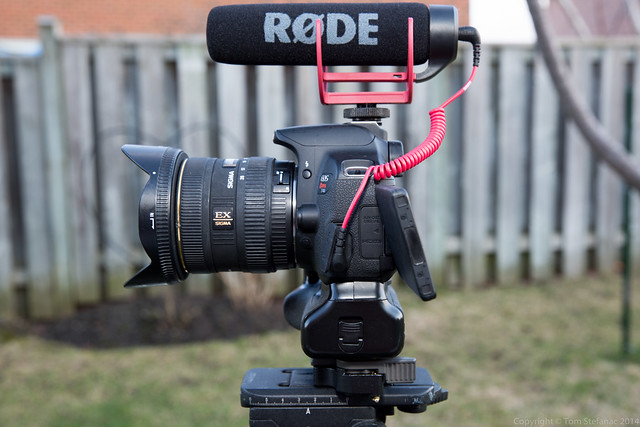
Left side profile of the Canon T4i with the Rode VideoMic GO and 3.5mm stereo mic jack connected.
In general, DSLR’s take great video, but they are terrible video cameras! To make a DSLR a video camera you need to spend money and you’ll probably spend just as much or more on accessories to turn it into a camcorder as you would spend to buy a high end camcorder that’s ready to go out of the box. In my case, I already had the camera and tripod. What I was lacking was a good microphone. Generally speaking Rode and Sennheiser produce some of the best microphones which are affordable. I’ve never had an issue with any of their products whether commercial grade gear or prosumer products.
Naturally I did not want to spend $250 on a good microphone, but I was able to find the Rode VideoMic GO for $99 after tax. This microphone is not only a great deal, but it’s a standard size so accessories such as fur covers are easy to come by. The mic itself also does not require power, most other units require phantom power of some sort whether external or internal.
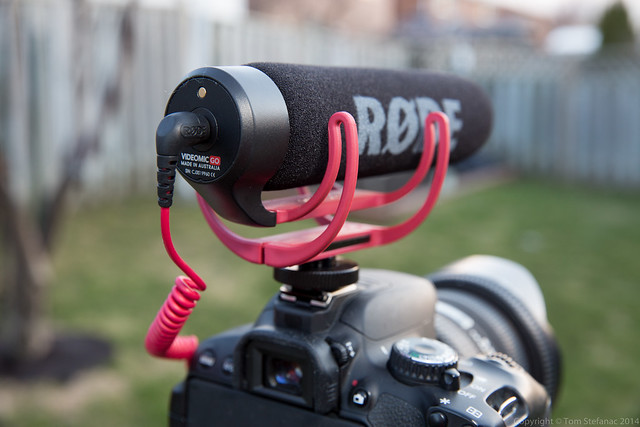
Rode VideoMic GO with its floating suspension system to prevent noise
My initial tests results are very positive, no strange noises, buzzing or popping from bad grounds and the microphone is sensitive with a range of -50dB to +15dB without distortion until after +12dB. So basically you could stand beside a jet engine and still get pretty good results. The unit comfortably sits in the cameras hotshoe and uses a male to male 3.5mm stereo microphone jack. Rode has also introduced new floating mic technology where the shotgun sort of floats. This is nice since with traditional grip/clasp mounts noise can be introduced through vibration.
Moving on, the tripod I chose to use was my E-Image EI-7050H / AT7402B Tripod Kit. Generally speaking, E-Image is a discount brand, they’re not great but they’re not terrible either. My only real criticism with this tripod is that the fluid head is not very smooth in vertical up and down tilting but it’s very smooth, just like silk in left-right panning. Now I did not buy this tripod recently, I’ve had it for a good 5 years and until now I’ve used it exclusively with my Canon XH-A1.
There are some big differences between video and photo tripods. First, the heaviest and most solid photo tripods are still light compared to video tripods which will resist wind buffeting and vibration far better. Photo tripods also lack smooth fluid heads, proper adjustable arms and often the ever so critical bowl mounted head. Bowl heads allow you to quickly set level so that when you pan left and right the horizon does not shift and go askew.
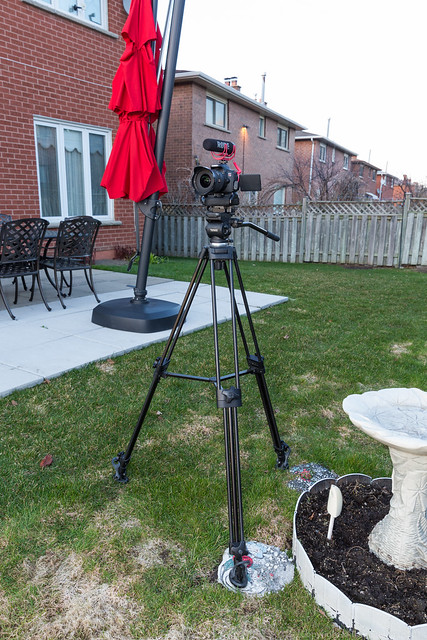
E-Image EI-7050H 75mm Fluid Head Plus E-Image AT7402B Video Tripod Body with Canon T4i & Rode VideoMic GO – Note the tripod is only 2/3rd extended, there is an additional column that can be raised.
Photo tripods can certainly be used for video but they’re best for locked off static shots. The moment you introduce panning of any kind you’ll get jitter and a crooked horizon! Video tripod heads also have far greater weight limits with most starting around 5 kilograms or more. The one disadvantage video tripods have is that they are less flexible than photo tripods. You just can’t twist, turn and bend video heads the same way you can with a good photo tripod head.
For my purposes however, this tripod provides the best of both worlds seamlessly allowing me to shoot video and take still photos when needed.
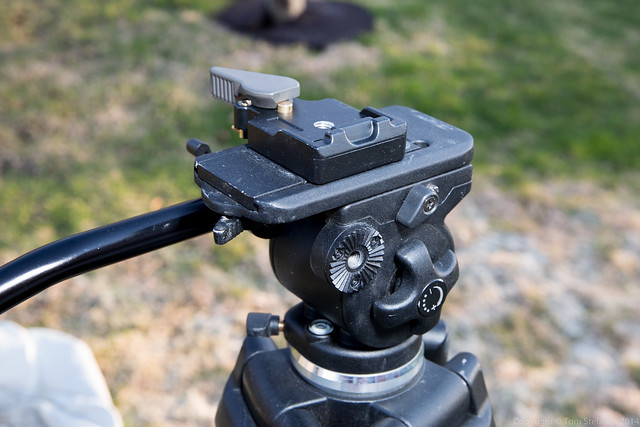
Manfrotto 323 quick change adapter connected to the proprietary E-image quick plate.
What was necessary with the E-Image tripod was adapting it to work with all my quick release plates. Basically every camera I have (except the Canon XH-A1) uses the same Manfrotto 200PL plate, whether it be a GoPro, point and shoot or DSLR . Unfortunately the E-Image tripod uses it’s own proprietary plate (which is still a good plate). So I had to drop a Manfrotto 323 Quick Change adapter on top to keep everything compatible.
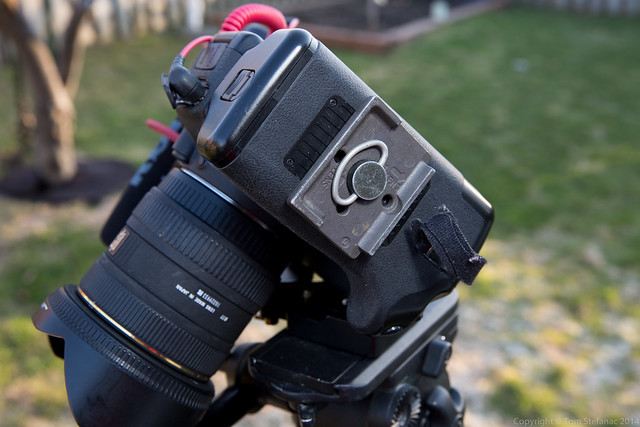
Manfrotto 200PL quick release base plate connected to the base of the T4i
The main advantage turning a DSLR into a video camera brings is the interchangeable lens system. Even the best prosumer cameras are usually fixed lens systems limiting you to operate within those confines. Once you jump into a video system with removable lenses your easily into the 5 digit range for cost and still require lenses.
In my case I’m killing two birds with one stone. I have every full frame lens I could ever need, plus a 5DMKIII which is dedicated for still photos. This frees up my T4i to shoot video with an array of high quality lenses, especially wide angle lenses.
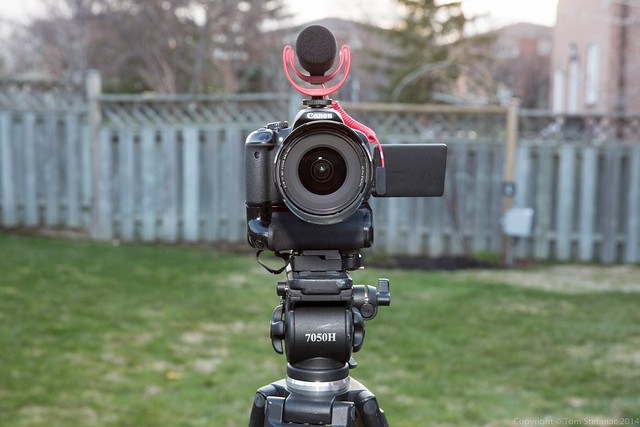
Canon T4i + Rode VideoMic GO with a Sigma 10-20mm lens
This is critical since it gives me flexibility, I can keep the T4i shooting wide while my Canon XH-A1 does all the heavy lifting when it comes to zooming in and getting those tight shots. Plus, all DSLR’s lack what’s called a back-focus. In television, the $30,000 lenses we use on $60,000 cameras need to hold focus when you zoom out (pull out and go wide). This is achieved by a little piece of glass near the rear of the lens that can be adjusted with a thumb screw since the CCD/CMOS sensors in professional camera bodies are not fixed distances. This also saves the shooter/operator from having to rack-to-focus or pull-focus. Most prosumer camcorders have some sort of basic back-focus system or hold focus well when you zoom out but all DSLR’s suck at this! They lose focus on a dime! So the last thing you want to do with a DSLR shooting video is a lot of zooming in and out without a tracking system.
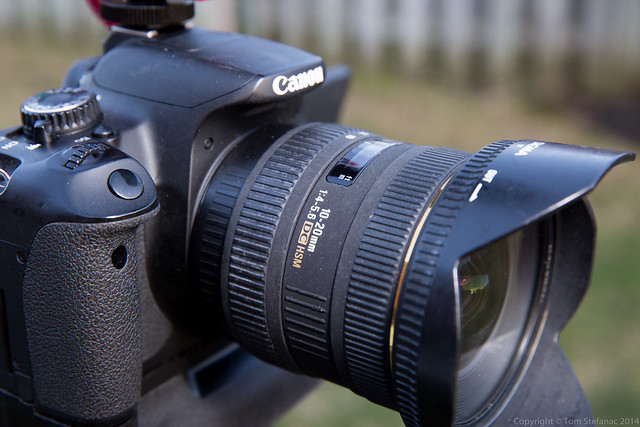
Sigma 10-20mm wide angle lens
The last thing I’ve done or added to the camera to make it a great multi-purpose tool is added Magic Lantern (short form ML). If your wondering, Magic Lantern, or ML, is a program that runs on your SD card. While it does not alter your camera, you tell your camera to pretend it is installing new firmware, this causes it to boot up ML and then presto all sorts of neat new tools and recording modes are possible. It basically supercharges your camera and it’s completely reversible/non-destructive.
Here’s a gallery with some more images of the setup you can explore.
April 13th 2014
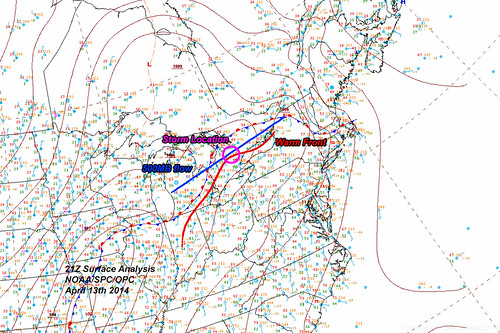
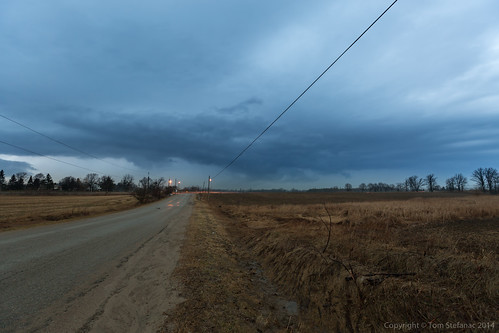

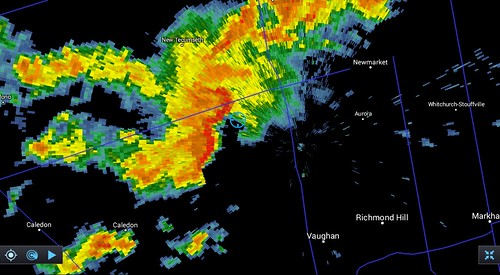
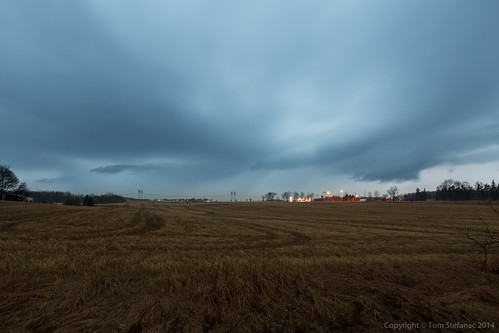
May 23rd 2011
Where to begin?
We’ll Joplin had been virtually wiped off the map barely 18 hours prior, I was feeling the effects of sleep exhaustion between driving, forecasting, late nights and relatively early mornings.
Today by all accounts was going to be a good chase day with dryline driven storms and a warm front pushing north.
The shear environment was good, not perfect, but very good. The energy values were again off the chart!
With Joplin so fresh on my mind and most chasers retreating west for today’s Oklahoma storms I think another Joplin scenario was hanging over everyone’s heads as a possibility.
There were real concerns that today could be the day Oklahoma City was the target!
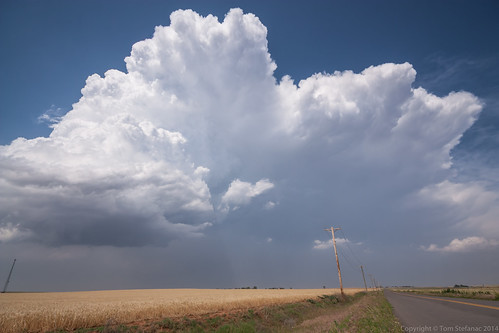
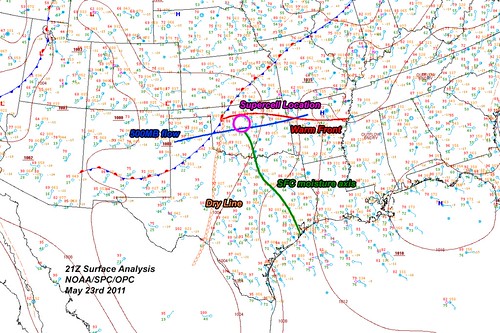
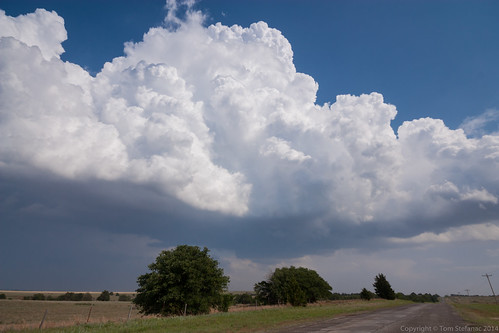
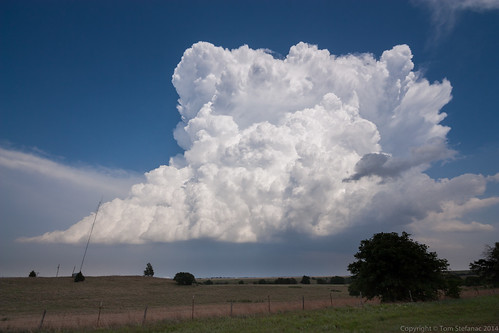
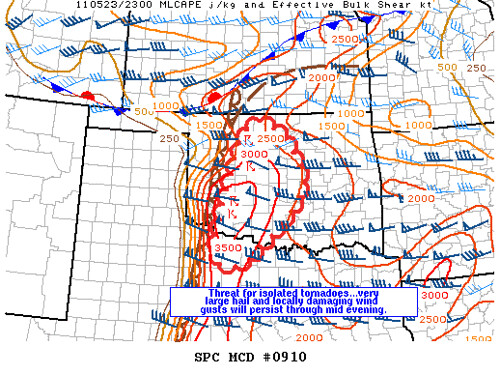
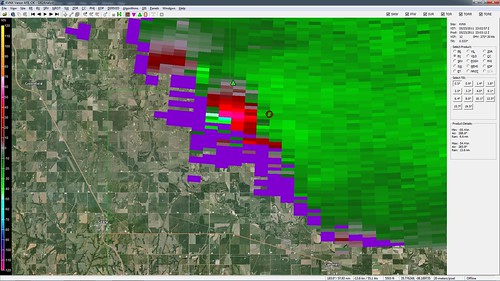
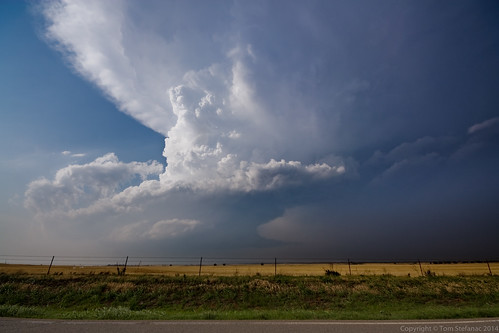
Coming Soon
Thanks for visiting, this chase log is still under construction but don’t worry, it’ll be online soon!
Older logs require more effort to migrate so the oldest logs will be the slowest to move over.
May 15th 2008
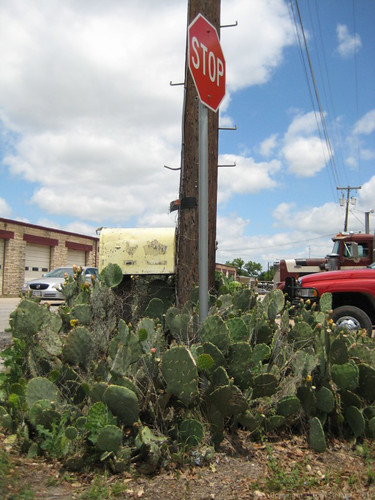
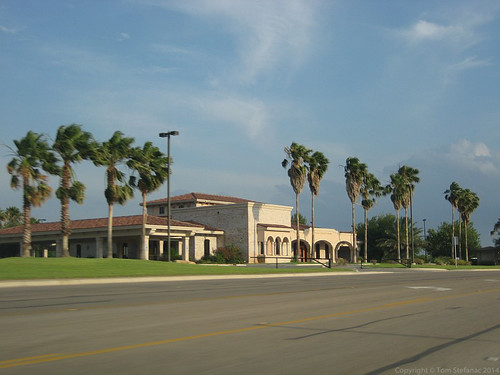

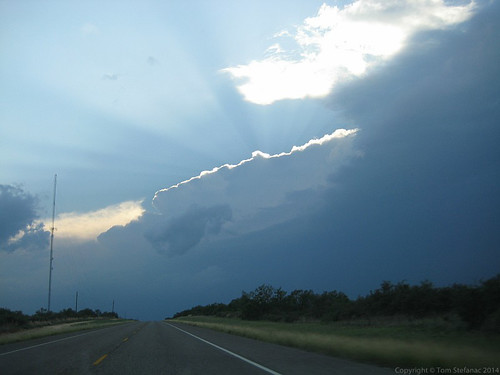
August 11th 2009
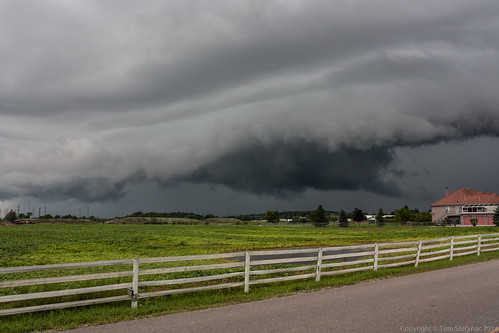
April 8th 2014
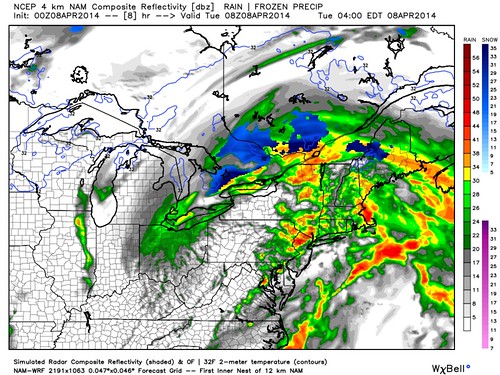
May 19th 2010
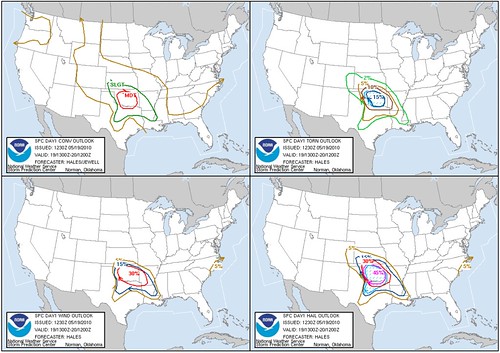
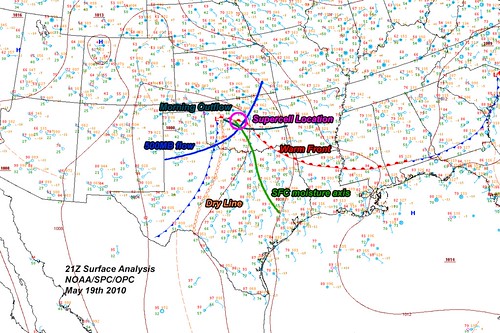
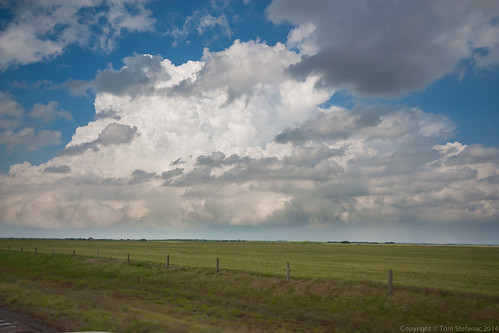
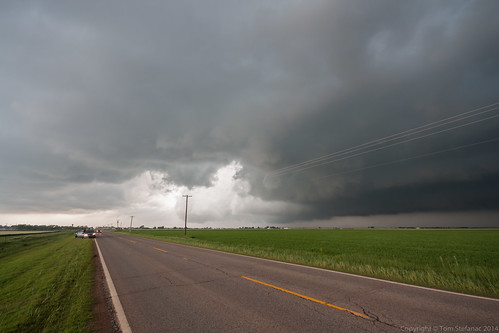
May 18th 2010

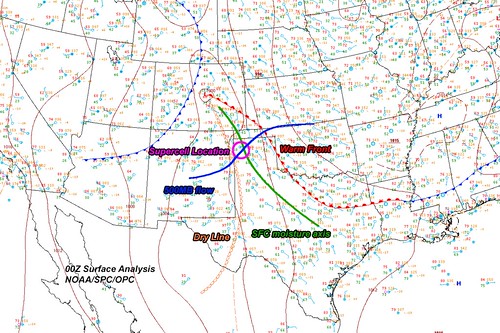
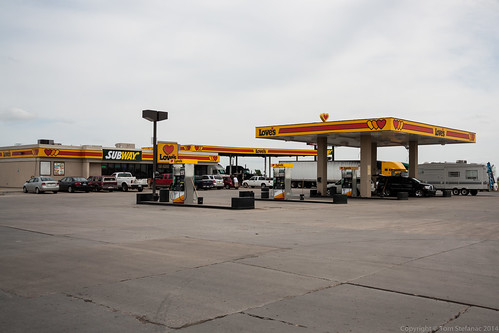
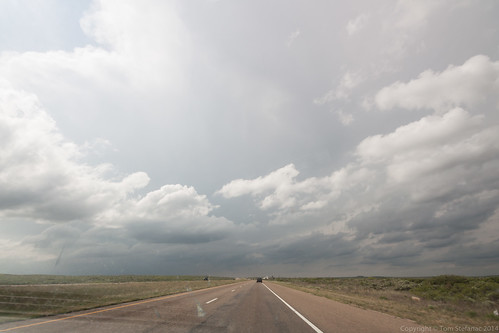
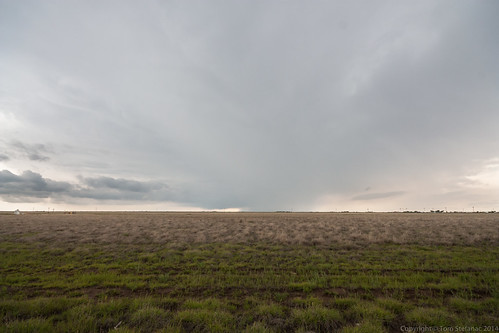
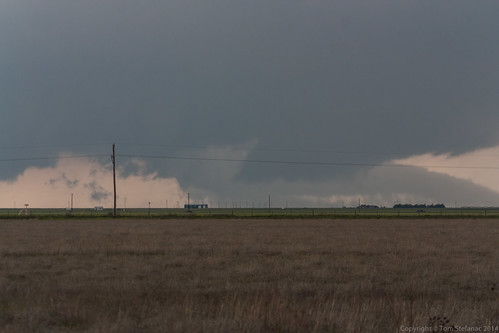
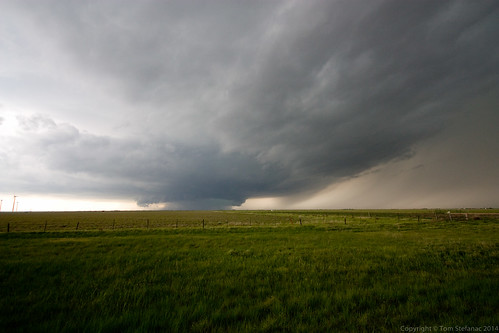
January 7th 2014
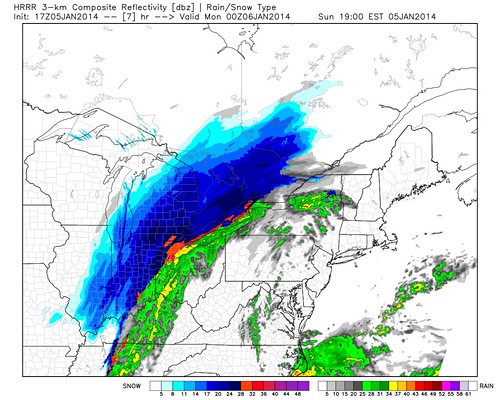
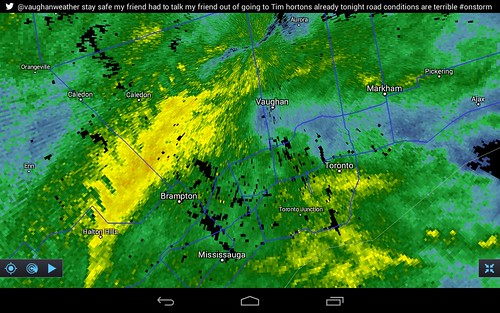
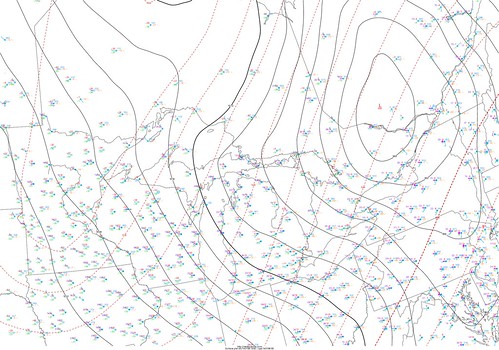

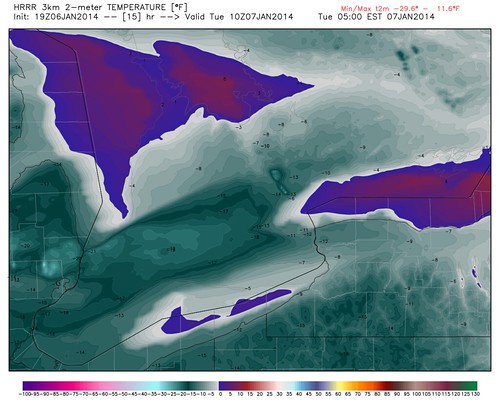
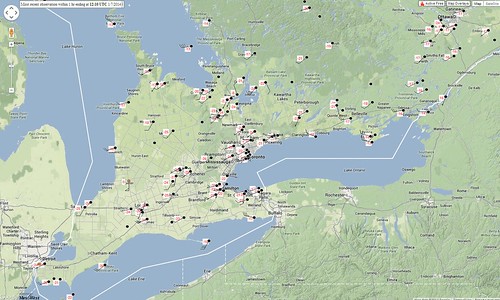
June 17th 2013
